Explore Our Garden Wildlife Blog
Browse or search by Category or Keyword below, alternatively click on any Tag to see related articles.
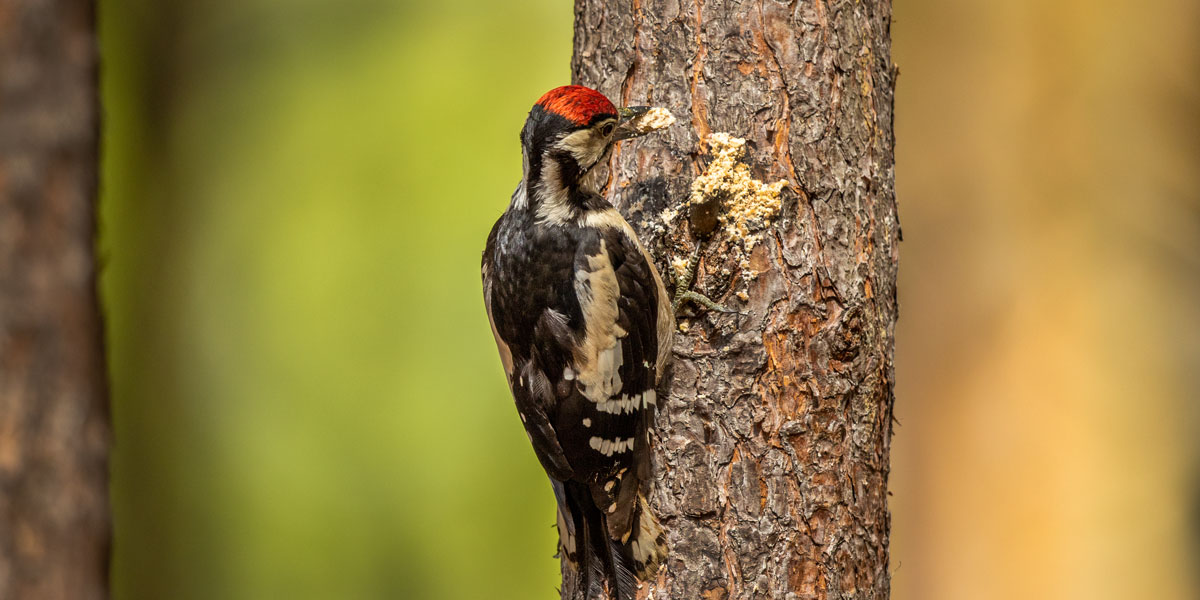

When in Rome
By Sean McMenemy
10th February 2020
Last Updated: 15th March 2024
I recently stayed at a remote woodland lodge with the intention of doing a bit of photography. Maybe the escape from the hustle and bustle of human life also appealed but mainly it was for the photography.
Whenever I’m staying away from home, I always take a bird feeder or two with me, along with some food. ‘Strange looks’, ‘odd comments’, I certainly get but I’m used to it and my family tolerate or ignore my eccentricities.
Anyway, enough about me and back to the subject in hand. My quiet woodland lodge seemed the ideal location to hang the feeders in a nearby tree and just sit back and watch the birds flock to my generosity. How wrong was I?
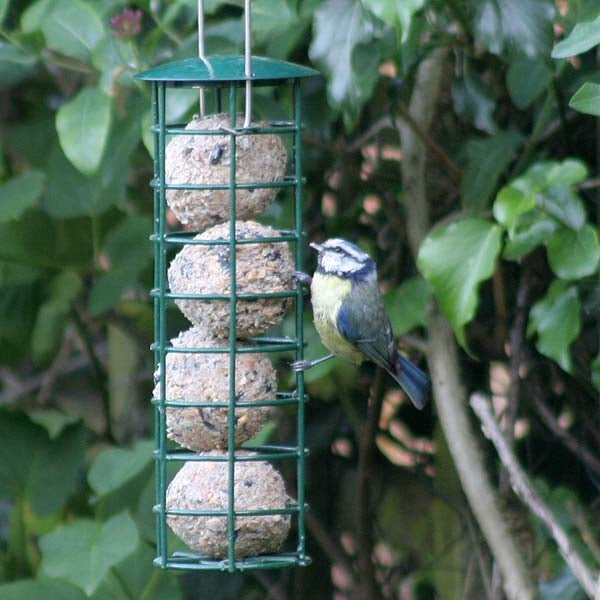

Birds are naturally wary of anything new and I’m used to whiling away an evening or two, as birds tentatively hop back and forth judging risk vs reward, until eventually one (generally the weakest, or hungriest) lands on the feeder and gets the treat. After one has established the safety of this new opportunity, it will keep returning, quickly followed by others.
However, on this occasion a very different sequence of events took place. As I sat and watched, I witnessed treecreepers running up tree trunks, nuthatches in their classic downhill ski jump pose and tits of all kinds dancing among the leaves at the tips of branches, among many. Woodpeckers, jackdaws, blackbirds, robins and wrens were all busy going about their business in their own little niches. What a treat, what diversity, what joy for a cameraman, but not one came to the bird feeders!
Eventually, days into my stay, a little coal tit landed on the seed feeder and proceeded to inspect every inch of it looking for food. However, it was looking for insects and not seed! Clearly it had no idea, not a clue what a bird feeder was, or what it contained! The more I watched the clearer it became that not a single bird in this area had ever been fed or knew what bird feeders were.
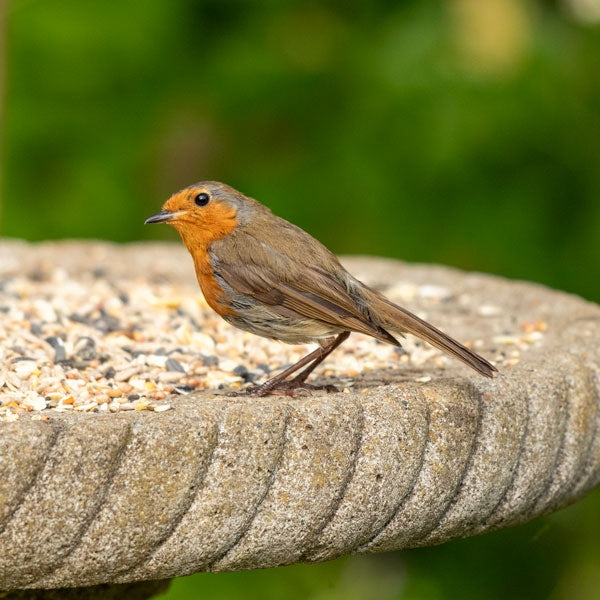

It was such a graphic demonstration of how birds learn from each other, by observing their own and other species and how much parent birds are teaching their own young. If birds don’t recognise that a feeder holds food, no bird cares or bothers to visit. It tells us why some gardens are popular feeding sites, while others are ignored. Why some feeders are left unattended while birds queue at others just feet away. Successful bird feeding really does depend on a consistent, thoughtful, long term (multi bird-generational) approach.
I changed my tactic and spent time spreading seeds loosely on horizontal branches. I squashed fat balls into the rough tree bark and speared some on broken limbs. I piled seed and crushed fat balls at the base of trees, around shrubs and on piles of woodland floor litter, all the places I’d seen the birds naturally foraging. The result? A huge success, the birds were quickly filling up on this ‘new’ bounty and came back again and again and in ever greater numbers. A great photographic opportunity for me but also a lesson that it’s better to feed birds on their own terms than try and force them to eat at mine.
Related Articles:
UK Garden Bird Feeding Guide
Top Ten Bird Feeding Tips
Feeding garden birds shown to affect their evolution
The Birds on Your Bird Feeder






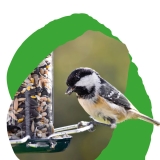
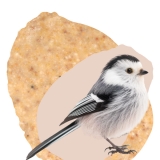
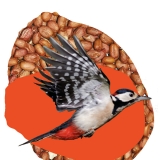
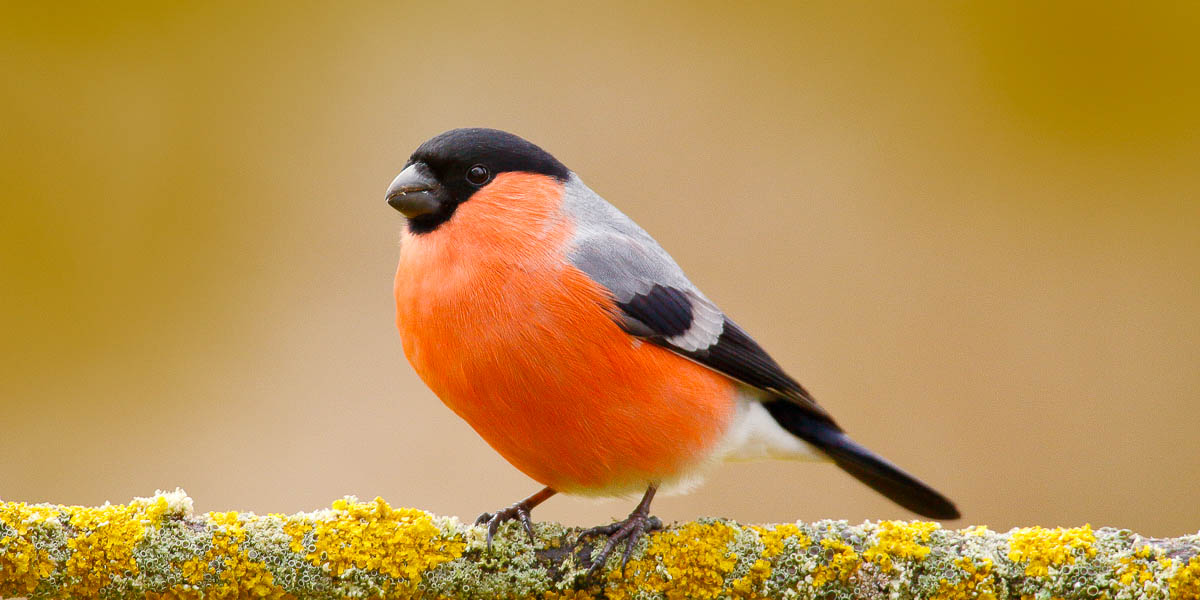
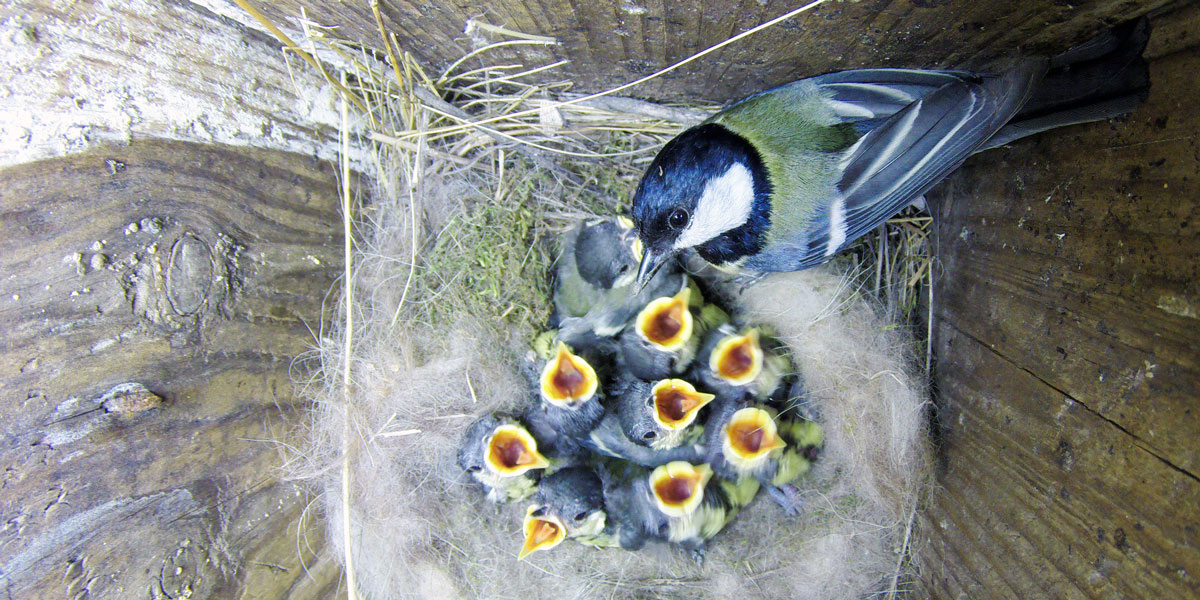
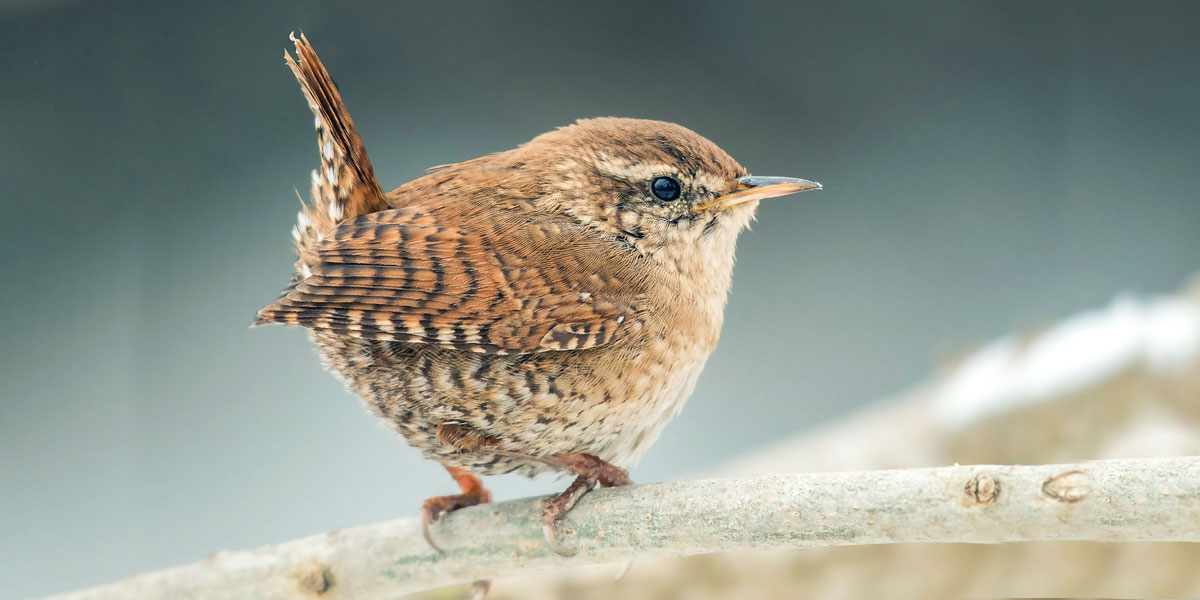

Conscientious reminder that's if we desire connection– when our species has done so much incredible harm– we individuals must be especially accommodating to avian friends.